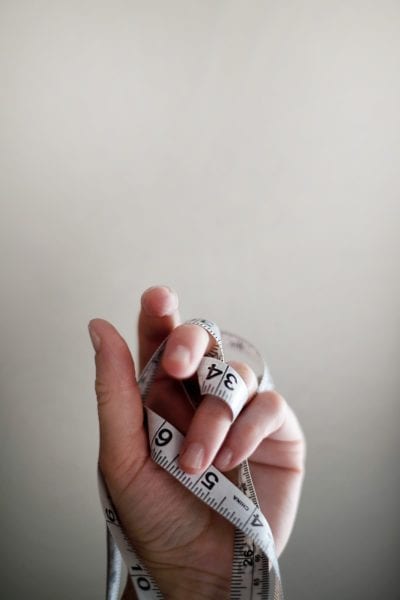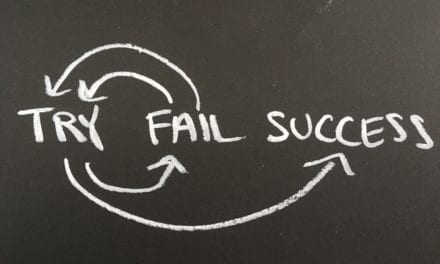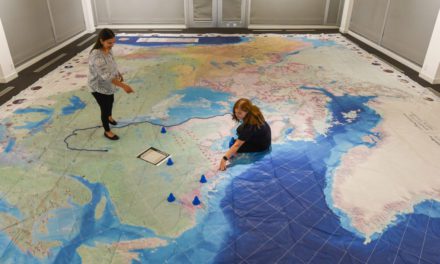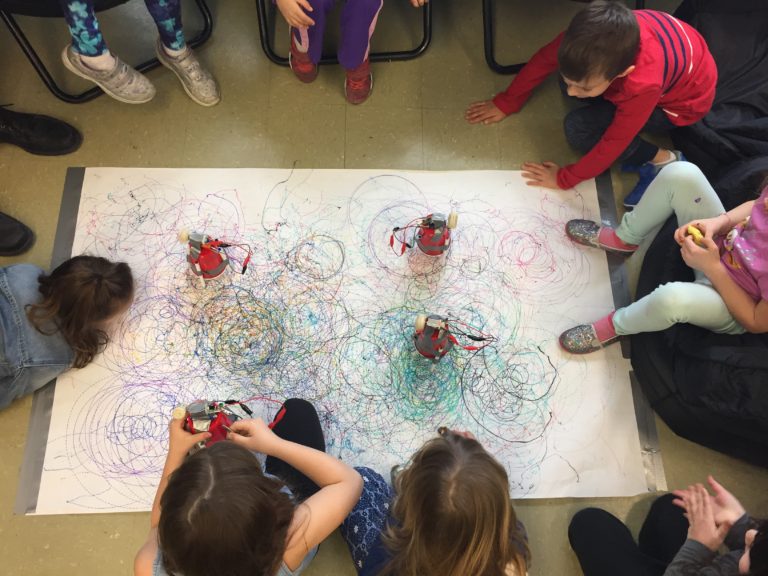The cancellation of the Ministry of Education examinations in Quebec this school year provides teachers and students with a unique opportunity. The examinations, in the name of accountability and standardization, constrain assessment and evaluation in our schools. It should not shock anyone to hear that teachers teach to the test – replicating their design and form while tailoring their instruction for students to achieve their competency proficiency as measured by these examinations. But, what if there is a better way?
According to the Quebec Education Program (QEP) teachers are supposed to place students in complex learning and evaluation situations so that students are able to demonstrate their competency. In the Secondary Cycle 1 History and Citizenship Education program, it describes an evaluation situation as “…complex insofar as it draws on various resources, knowledge and know-how while allowing them to work together. The situation should require research, analysis and the selection of data. It should be based on historical reasoning, which involves the interaction of different types of analysis. It requires skill in questioning, analysis, critical judgment and synthesis,” (p.300). Similarly, the Cycle 2 program History of Quebec and Canada calls for teachers to create “meaningful, open and complex” learning and evaluation situations (p.7).
Now is the time to develop and refine learning and evaluation situations that are meaningful, open, and complex for our students, without the blunt hammer of the examination hanging over our heads.
Classroom performance assessments can provide a model for just the type of learning situations that the QEP tasks teachers to develop. Moskal (2003) published a framework for the process of developing performance assessments. This framework can help teachers develop learning and evaluation situations that are rigorous and tied to curricula in order to interpret a student’s competency more easily.
Writing Goals and Objectives

When designing learning and evaluation situations, we need to be clear on what the purpose of the activity is. In history, the goal should be framed as a possible answer to an inquiry question, one that will drive the process for students to gather historical knowledge. The inquiry question should also be framed in a way that it allows students to use the intellectual operations during the situation. The objectives should reflect the knowledge and skills that you want students to acquire and be able to perform. As well, they should relate back to the inquiry question, be accessible to students, and be measurable. Finally, the goal and objectives will frame the selection of the type of performance assessment. For example, if they are too focused on recall of knowledge, then a performance assessment is not the appropriate method of evaluation.
Developing Performance Assessments
Once the goals and objectives have been determined, the development of the performance assessment itself is the next step. Performance assessments can take a number of forms and students can be given a choice in the way that they demonstrate their competency development. Students should see the value of the assessment and be given the opportunity to demonstrate their abilities in a real-world context. In this sense, the task should be meaningful and provide a valuable learning experience as performance assessments take more time than a test or exam.
Developing Scoring Rubrics
The requirements of the task and its objectives should be aligned with the criteria of the rubric. Both analytic and holistic rubrics are appropriate for use in performance assessments. Rubrics should be written in plain language that students can understand. Students should be given access to the rubric at the beginning of the task. The outcomes should be measurable and not contain any variable unrelated to the task.
A tricky aspect of good rubric writing is choosing how to reflect the observable elements of what students know and can do without constraining their creative process. Thus, the rubric must be specific enough to guide the student so that they know what they are being evaluated on and how, but also flexible for when students are able to choose their product. The scale and scoring levels must also be clear. That is, one achievement level must be distinct from another, and the points given should reflect the value of the activity.

We should also take the time to discuss the criteria with students before they start the task. If possible, an exemplar may be dissected. This can either be from a piece of work that a student did in a previous year or it could be one created by the teacher.
Implementation and Instruction
The series of instruction and learning will of course be varied depending on the teacher’s goals, teaching style, and the needs of the students. Smaller tasks designed to build knowledge and skills may be introduced while the teacher can provide timely feedback to students. This is also an opportunity to gather data on students’ abilities in order to design interventions that enable them to perform the performance assessment. Alternatively, the teacher may decide that the students have gained enough understanding and may wish to put them into a totally new situation to see if knowledge and skill transfer occurs. This might occur in an end of unit, term, or school year situation.
Using the Assessment Data
A performance task is of course only one piece of assessment data that we collect. It should be triangulated with other data – quizzes, activities, observations, interviews – so that we have a full understanding of a student’s level of proficiency in the competency. If the performance task is used for a summative purpose, then it will probably be the most pertinent data collected to allow a judgment to be made.
By following the steps: writing clear goals and objectives, developing a performance task linked to the objectives, and creating an aligned scoring rubric, teachers should have the appropriate data to make a judgment call about the competency development up until that point.
Performance assessments give students the chance to demonstrate their level of competency attainment in ways that are deeper and more engaging than workbook pages or parroted exam questions. By using this framework, we as teachers can develop learning situations that are more meaningful, open and complex for our students. With no Ministry examinations this year, we can now experiment and try new things. Let’s encourage our students to show their creativity, ingenuity, and passion.
References
Brown, T. (2016, September 01). Drawing artist and dr. seuss. Unsplash.com. https://unsplash.com/photos/zuQDqLFavI4.
Burk, J. (2016, August 02). Person’s left hand wrapped by tape measure photo. Unsplash.com. https://unsplash.com/photos/ECXB0YAZ_zU/info.
Ministère de l’Éducation du Québec. (2004). Programme de formation de l’école québécoise – history and citizenship education.
http://www.education.gouv.qc.ca/fileadmin/site_web/documents/education/jeunes/pfeq/PFEQ_histoire-education-citoyennete-premier-cycle_EN.pdf.
Ministère de l’Éducation du Québec. (2017). Programme de formation de l’école québécoise histoire du québec et du canada. http://www.education.gouv.qc.ca/fileadmin/site_web/documents/education/jeunes/pfeq/PFEQ_histoire-quebec-canada_2017_EN.pdf.
Moskal, Barbara M. (2003). Recommendations for Developing Classroom Performance Assessment and Scoring Rubrics. Practical Assessment, Research & Evaluation, 8(14).
https://scholarworks.umass.edu/pare/vol8/iss1/14/.
Tateisi, J. (2017, August 07). Step up. Unsplash.com. https://unsplash.com/photos/bJhT_8nbUA0.






Thanks for the assessment spotlight, Matt. So true, the cancelled Ministry exams provides us with a great opportunity. I’m excited to see how things unfold as a result.